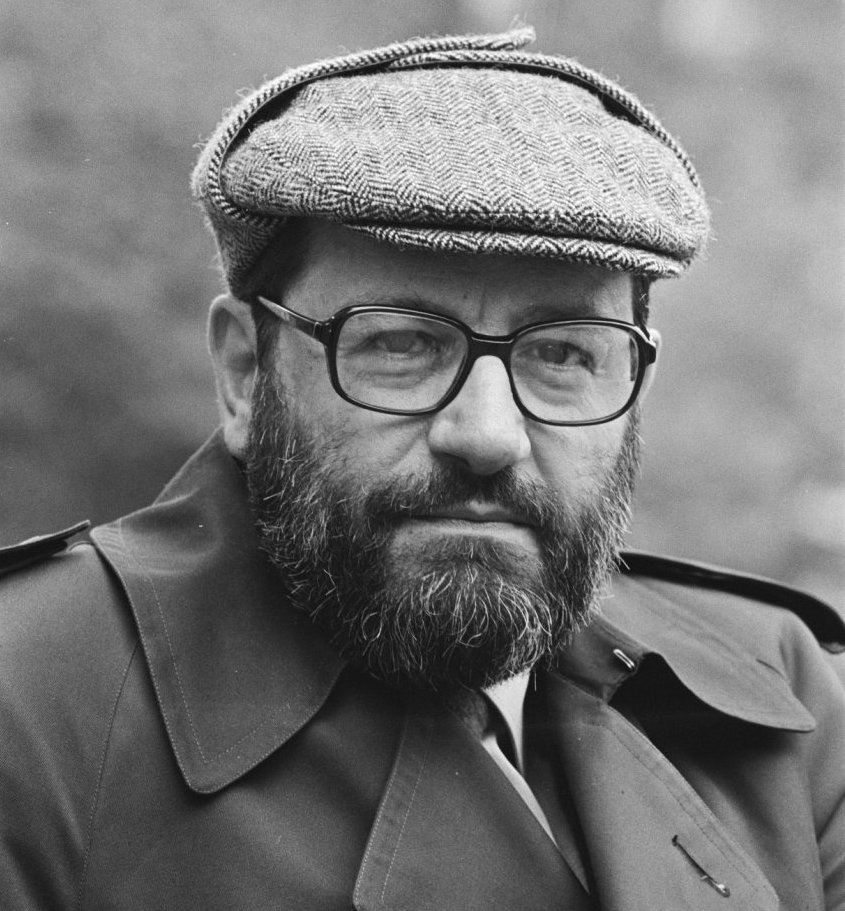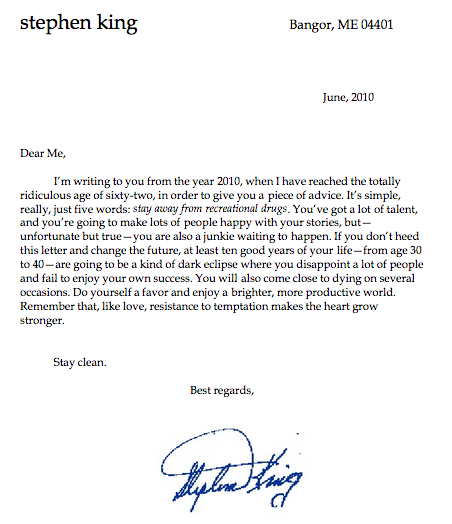
Image by Phirac via Wikimedia Commons
Since the taking of the very first photograph in 1826, photography has developed, as it were, in ways hardly imaginable to its first few generations of practitioners. The most thorough transformation so far has, of course, come in the form of the digital revolution (and especially its latest fruit, the camera phone), which has in many real ways delivered on its promise of making “everyone a photographer.” But the ability to take a picture is one thing, and the ability to take a picture worth looking at — let alone looking at more than once — quite another.
Fortunately, high technology has democratized not only the means of production, but also the means of learning with online courses like this free one on digital photography sourced from no less an institution than Harvard University. “The Digital Photography course has been available over at the free certified learning service ALISON since 2013 as part of Harvard’s Open Learning Initiative,” writes Petapixel’s Michael Zhang. (You can view the site’s other Harvard-connected courses here.)
Its materials come from Dan Armendariz’s Harvard course DGMD E-10: Exposing Digital Photography, and its twelve modules “will take an average student about 10 to 15 hours to complete, and they teach a wide range of topics in digital photography, including exposure settings, reading histograms, learning about light, how sensors and lenses work, and how to post-process photos.”
Even a basic understanding of all those topics will put you far ahead of the average social-media snapper, but as with any pursuit, gaining some knowledge creates the desire for more. You thus might also consider taking the digital photography course from Stanford professor and Google researcher Marc Levoy we featured last year. (Also see this free massive open online course, Seeing Through Photographs. It’s from the MoMA, and it starts again on January 23.) It would take a lifetime to master all the gear and attain all the know-how out there, even if photography stopped changing today, but don’t let that intimidate you. Just bear in mind the wise words of Hunter S. Thompson: “Any man who can see what he wants to get on film will usually find some way to get it; and a man who thinks his equipment is going to see for him is not going to get much of anything.”
Harvard’s free digital photography course will be added to our collection, 1200 Free Online Courses from Top Universities.
Related Content:
Museum of Modern Art (MoMA) Launches Free Course on Looking at Photographs as Art
The History of Photography in Five Animated Minutes: From Camera Obscura to Camera Phone
How to Take Photographs Like Ansel Adams: The Master Explains The Art of “Visualization”
Henri Cartier-Bresson and the Decisive Moment
Alfred Stieglitz: The Eloquent Eye, a Revealing Look at “The Father of Modern Photography”
Hunter S. Thompson’s Advice for Aspiring Photographers: Skip the Fancy Equipment & Just Shoot
ALISON — A Trove of 750 Free Online Job Training Courses
Based in Seoul, Colin Marshall writes and broadcasts on cities and culture. He’s at work on a book about Los Angeles, A Los Angeles Primer, the video series The City in Cinema, the crowdfunded journalism project Where Is the City of the Future?, and the Los Angeles Review of Books’ Korea Blog. Follow him on Twitter at @colinmarshall or on Facebook.
Learn Digital Photography with Harvard University’s Free Online Course is a post from: Open Culture. Follow us on Facebook, Twitter, and Google Plus, or get our Daily Email. And don't miss our big collections of Free Online Courses, Free Online Movies, Free eBooks, Free Audio Books, Free Foreign Language Lessons, and MOOCs.



